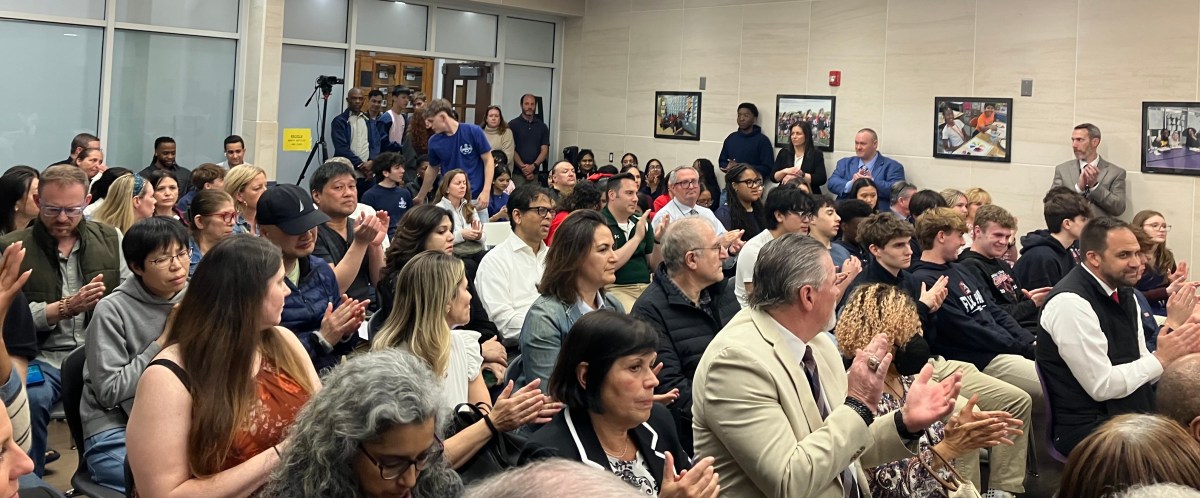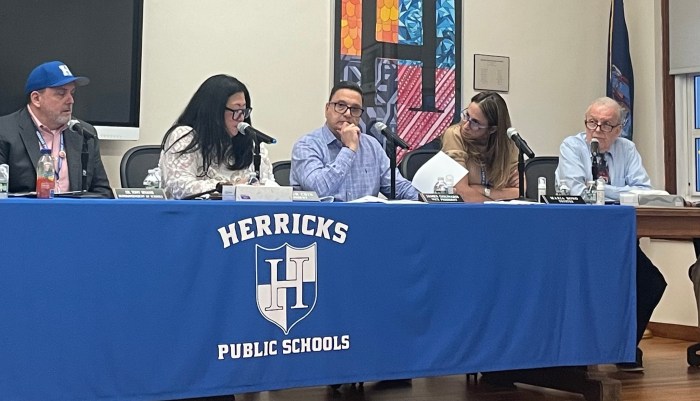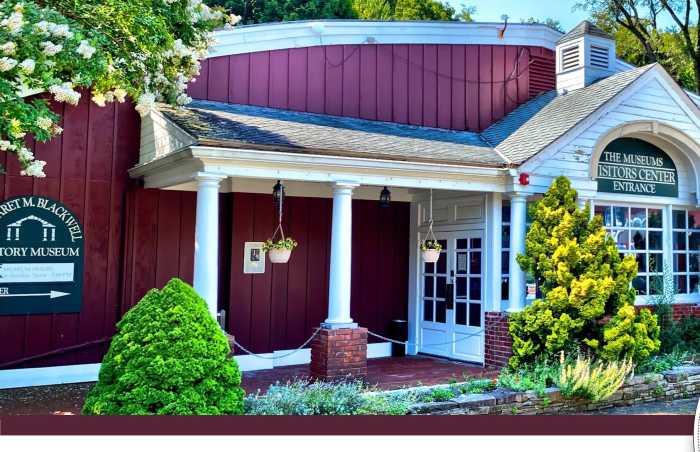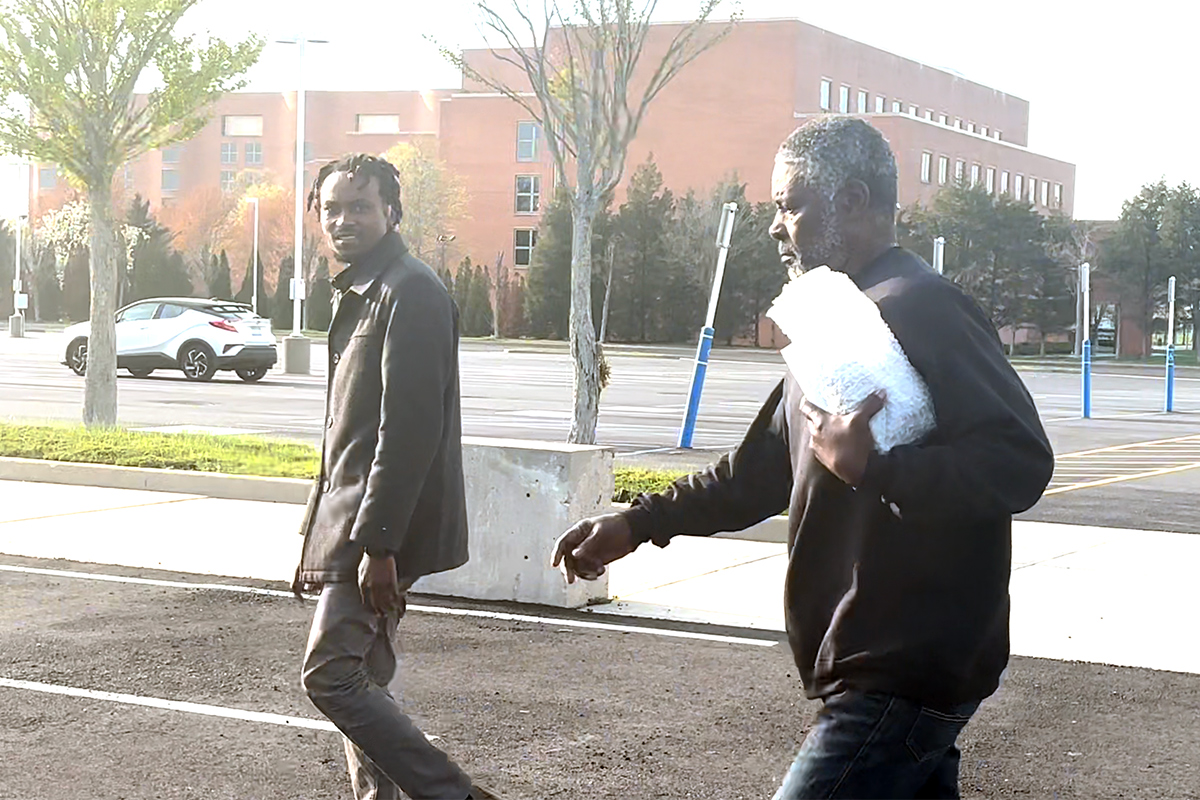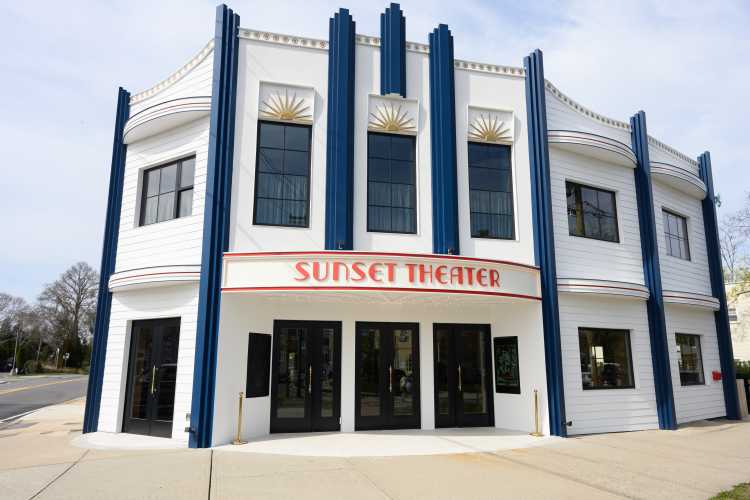After adopting its budget on Thursday night, Sewanahaka’s school board voted for a controversial figure to serve on an educational governing board.
Sewanhaka Central High School District’s board voted unanimously to nominate Fran N. Langsner, Robert “B.A” Schoen and Michael A. Jamie as candidates for the governing body of the Board of Cooperative Educational Services, or BOCES.
Former Sewanhaka board Trustee Sheldon Meikle objected to Jaime’s nomination during a public comment period.
“Did we just approve to have Michael Jaime on the ballot for the BOCES program?” Meikle asked, calling the decision concerning. “For the last three years, we’ve been fighting to remove him from the board, only to have him resurface at BOCES?”
Petitions filed in 2022 and 2023 charged that Jaime, a past Sewanhaka school board president who also served on the Elmont elementary board for nearly 20 years, used a school bus to transport non-district individuals, attempted to remove a school principal improperly, called someone a ‘crazy bitch’ at a board meeting and did not prioritize transparency and students’ education.
The online petitions, which contain over 600 signatures, were signed during final years on the board in an attempt to remove Jaime from his seat. He left the board in 2024 after choosing not to run for re-election.
Meikle referenced the allegations in addressing the board and in an interview afterward with Schneps Media LI. The charges against Jaime were also discussed at the board meeting when he was a trustee.
The board defended their choice of Jaime.
Current board President William T. Leder said that though he understood Meikle’s concerns, the board still believed Jamie was a good choice for the BOCES board.
“While mistakes may have been made, we’ve looked at his work in totality, and we as a board decided to support him for BOCES,” Leder said. “We think it could be beneficial for our district, but we also think that with his experience and the totality of his work, that he was worth our support.”
Jaime also defended his nomination.
Before the board nominated the BOCES candidates, they participated in another community presentation on its $264.2 million budget, which was unanimously adopted for the May 20 school election. That is $2 million more than the board’s initial proposal in February and $8.5 million more than the current budget.
Kevin O’Brien, the district’s assistant superintendent for finance and operations, said the budget, up 3.33% from this year’s $255.7 million spending plan, would be partially funded by a 2.91% tax levy increase, which is under the district’s 3.07% tax levy cap. The district projects to receive $75,528,638 in state aid.
According to calculations by Schneps Media LI, the district spends $33,970.05 per student.
Superintendent Regina Agrusa said some notable budget lines included continued implementation of updated algebra, biology, earth and space science, chemistry, studio art, entrepreneurship, child psychology and world language curriculum, implementing diagnostic exams and a digital literacy program for seventh graders, extending the district’s dual enrollment program with Nassau Community College for world language credits and creating new classrooms for the district’s medical assisting and cosmetology program.
Agrusa also detailed the capital projects the district planned to fund in the budget, which totalled $2,659,797.
The projects include $390,096 in work at Elmont High School, which includes replacing the public address system and repaving parking lots; $543,753 in work at Floral Park Memorial High School, which includes replacing a portion of the roof, some doors, and science tables and schools; and $392,364 in work at Frank H. Carey High School.
The capital projects also include $435,456 of work at New Hyde Park Memorial High School, which includes installing a new water heater and gym backboard; $408,240 at Sewanhaka High School to replace a portion of the roof; and $489,888 to replace the Flaherty Building roof.
Voters will find a second proposition to vote on under the budget on their ballot, O’Brien said.
District residents can voice their opinion on whether the district should establish a $15 million capital reserve, which the district would work to fill with excess funds and spend on construction projects in school district buildings, like renovations to cafeterias, facilities and fields, plumbing, masonry and equipment purchases, over the next 10 years.
He emphasized that this would be at no cost to the district’s taxpayers and that the district had maintained and used capital reserves in previous years.
District residents can vote on the budget and Proposition 2 on May 20 between 6 a.m. and 9 p.m.




